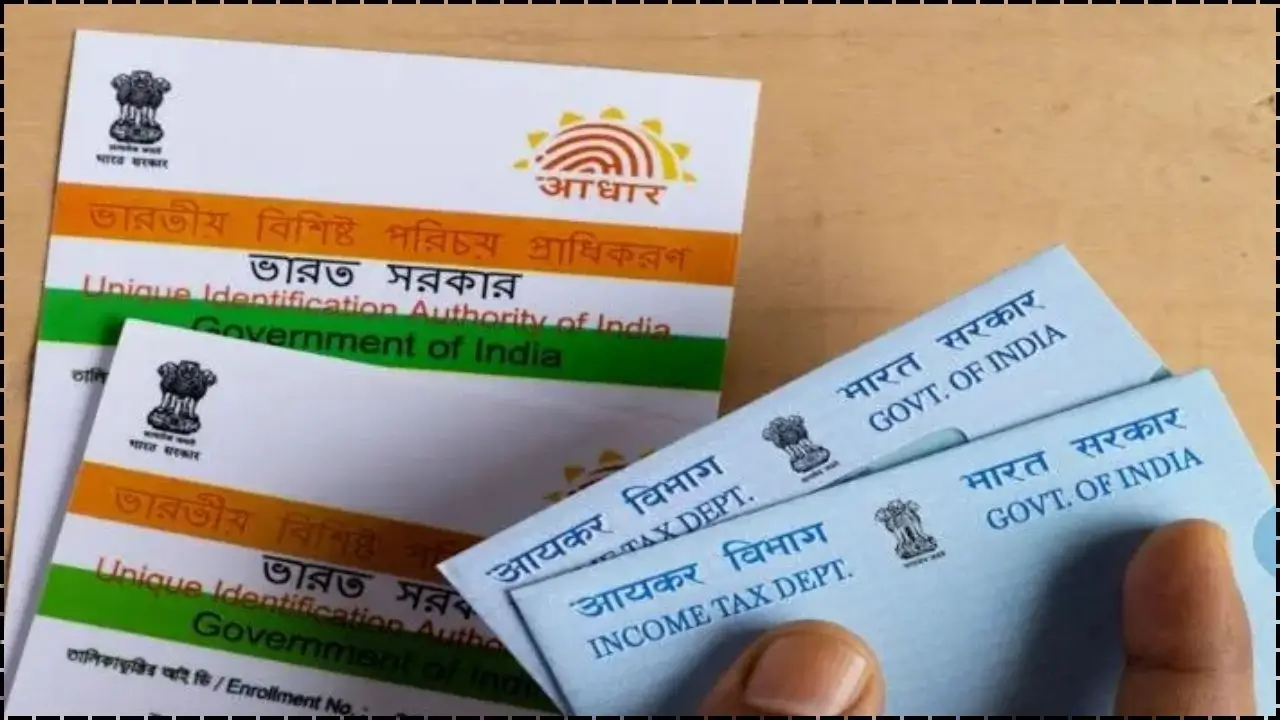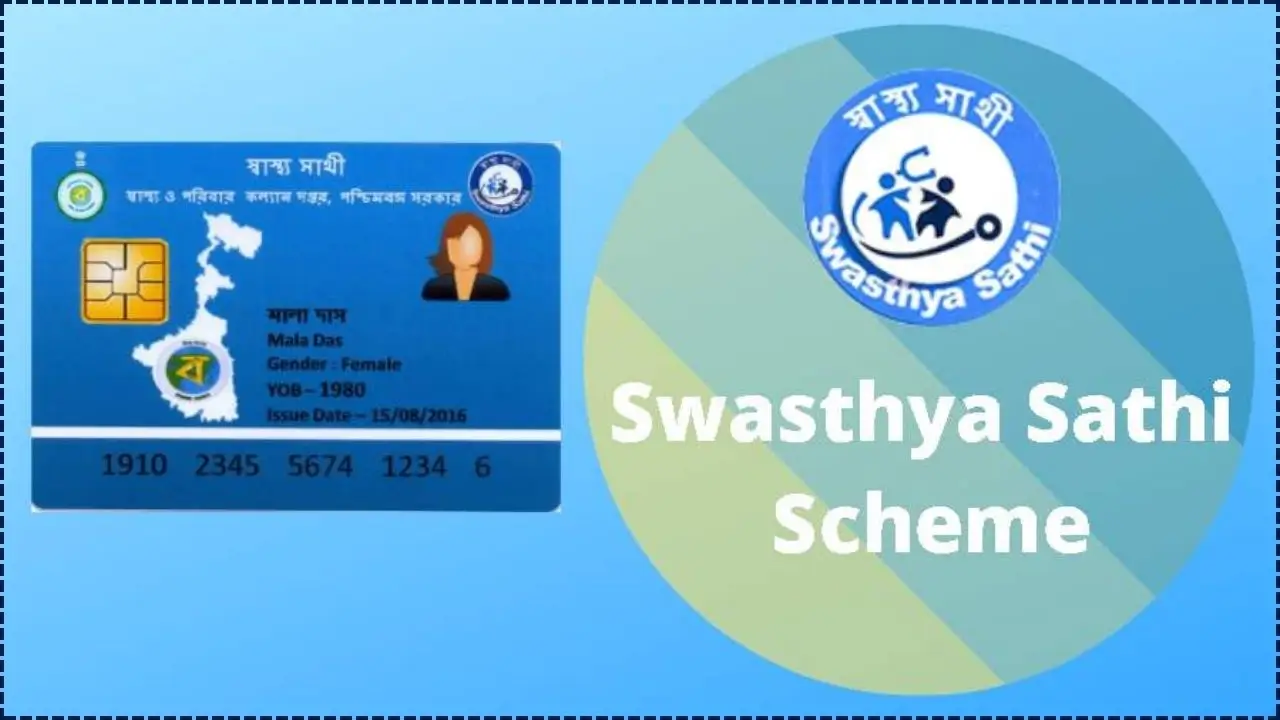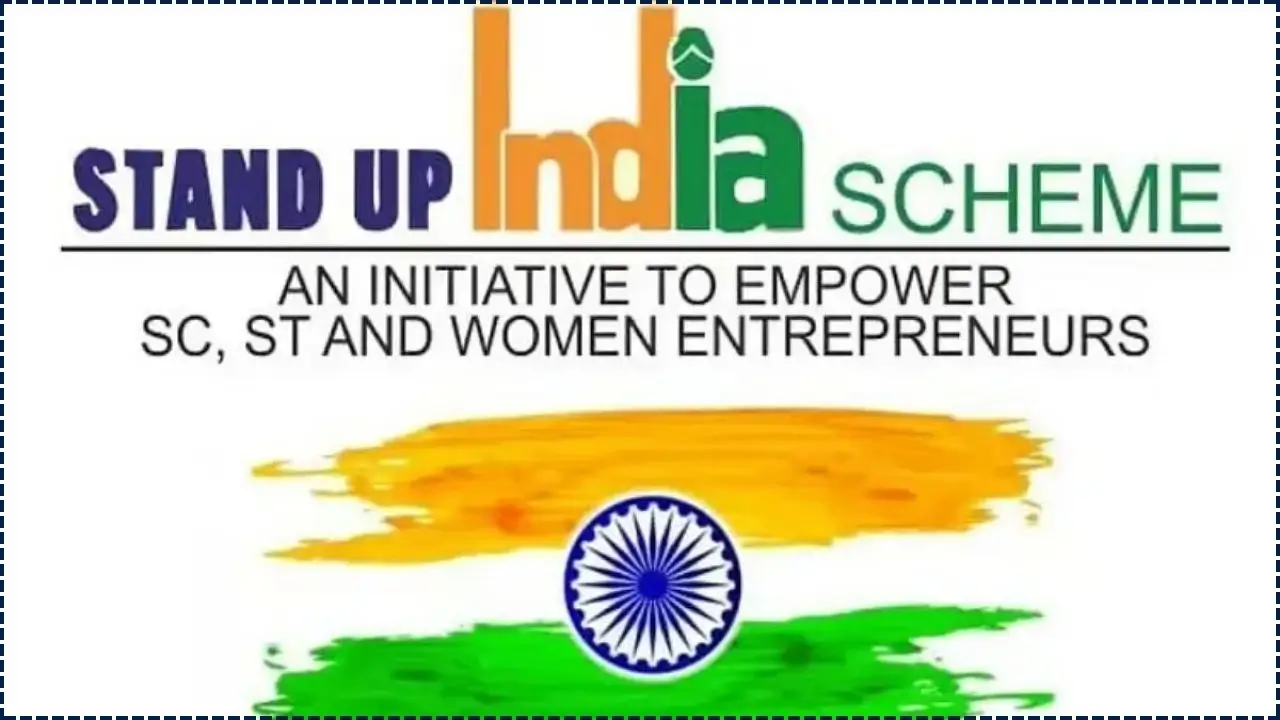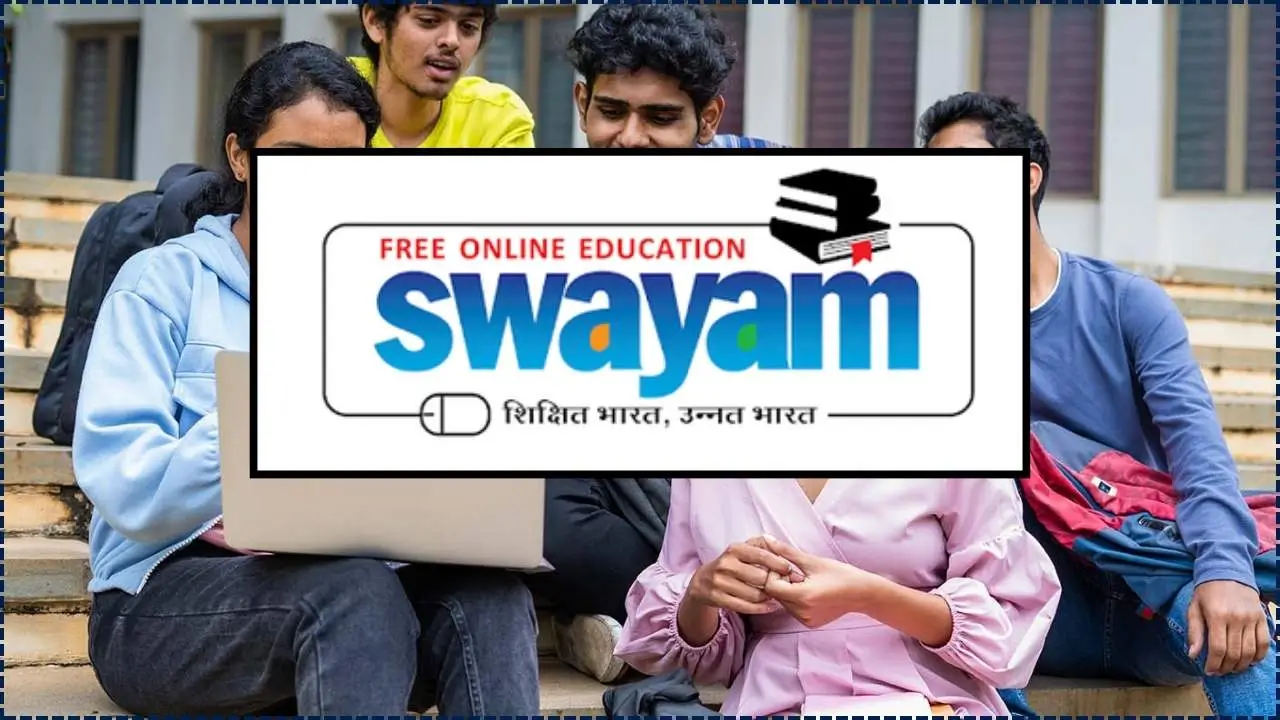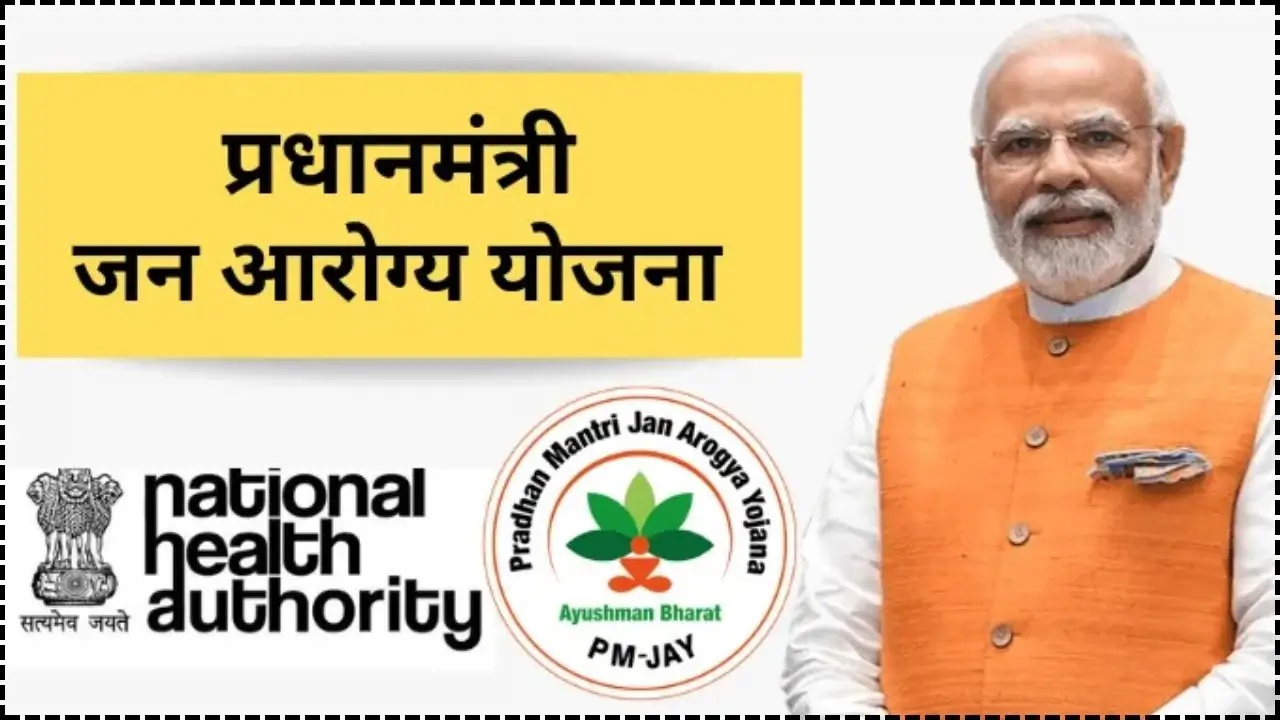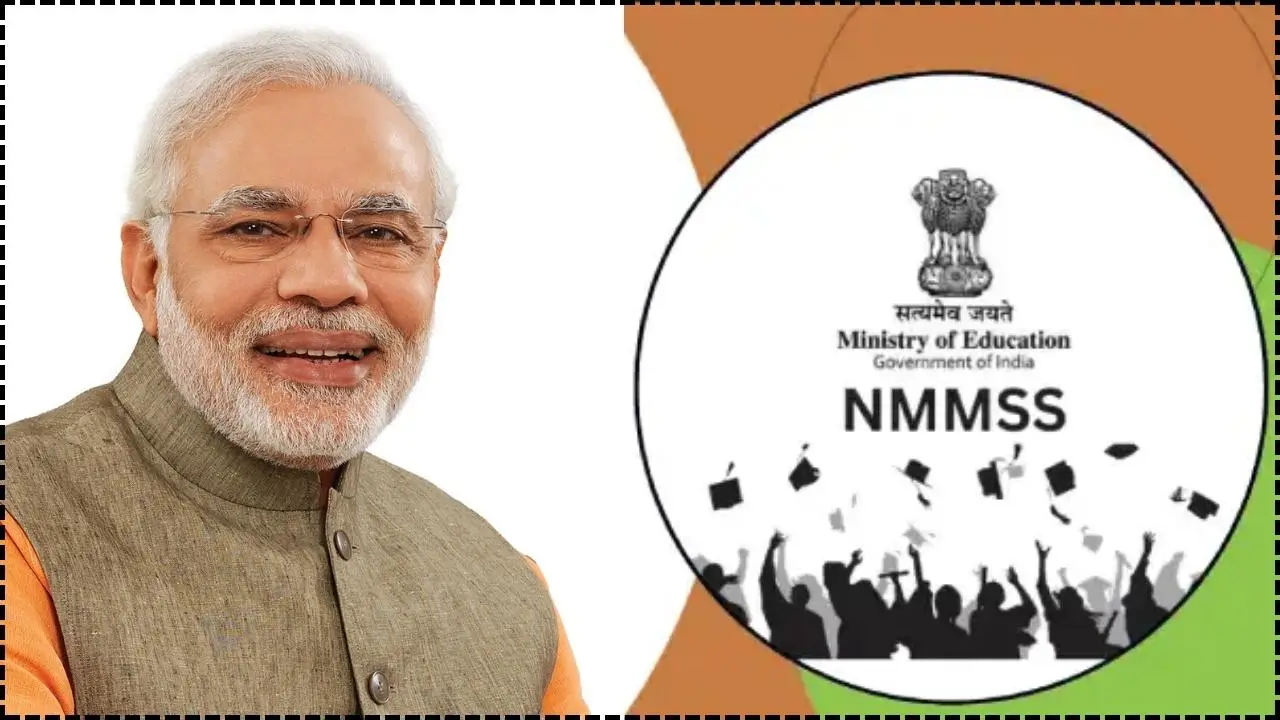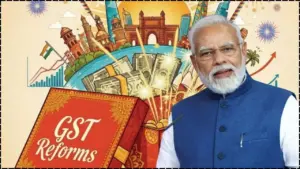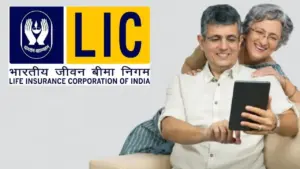The Pradhan Mantri Gramin Digital Saksharta Abhiyan (PMGDISHA) is a pioneering initiative by the Government of India to provide digital literacy to rural India. Launched in 2017 under the Digital India Programme, this scheme seeks to empower rural citizens by equipping them with essential digital skills to participate fully in the digital world.
By ensuring that individuals in rural areas can use computers, mobile phones, and the internet effectively, PMGDISHA is transforming communities and providing new opportunities for education, employment, and social development.
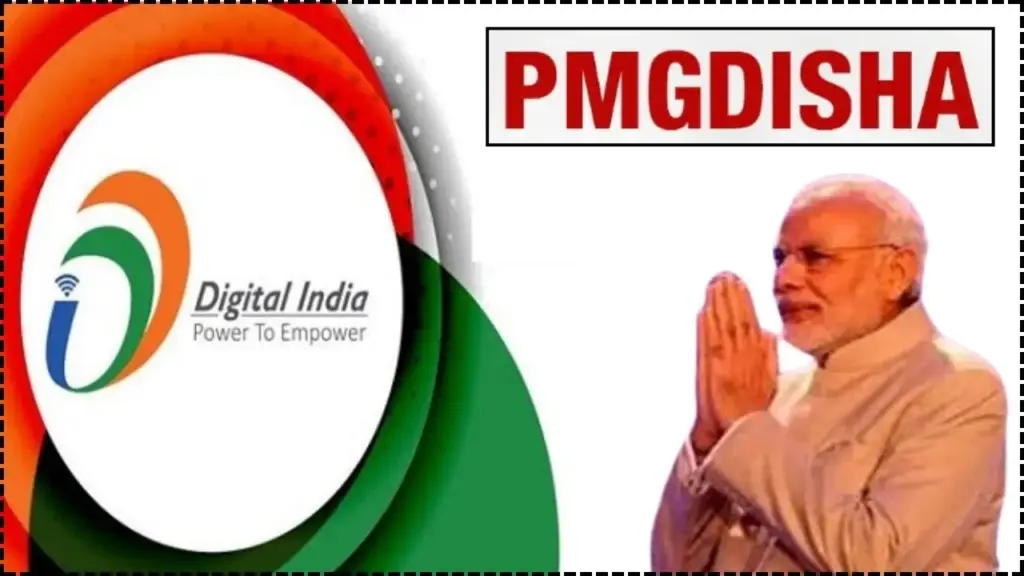
The Pradhan Mantri Gramin Digital Saksharta Abhiyan (PMGDISHA) is a transformative initiative that is empowering millions of rural Indians with digital literacy skills. By making technology accessible to even the most remote areas, PMGDISHA is ensuring that rural India is no longer left behind in the digital age.
As the scheme continues to expand, it holds the promise of fostering greater economic opportunities, improving access to services, and enabling rural citizens to participate fully in the digital economy.
Table of Contents
What is PMGDISHA?
PMGDISHA stands for Pradhan Mantri Gramin Digital Saksharta Abhiyan, a digital literacy program designed to ensure that rural citizens can access online government services, engage in financial inclusion, and take advantage of digital education and communication. The initiative was created to address the digital divide between urban and rural India, aiming to make one person from every eligible rural household digitally literate.
By providing training in basic digital tools, the program enables citizens to perform basic tasks such as internet browsing, using mobile phones, and online transactions. Through this, PMGDISHA contributes directly to building a Digital India, in line with the government’s larger vision for technological inclusion.
Key Objectives of PMGDISHA
The main objectives of the PMGDISHA scheme are:
- Digital Empowerment: To ensure rural citizens can use digital devices for accessing government services, education, healthcare, and financial opportunities.
- Financial Inclusion: Encouraging the use of digital payment systems like UPI, mobile banking, and digital wallets to facilitate cashless transactions, especially in remote areas.
- Access to Government Services: Enabling rural residents to access various government schemes and services online, such as applying for subsidies, pensions, or e-governance services.
- Promoting Equality: By focusing on vulnerable sections such as women, SC/ST communities, and differently-abled individuals, PMGDISHA ensures inclusive growth in rural India.
Who Is Eligible for PMGDISHA Scheme?
The eligibility for PMGDISHA is tailored to ensure that it benefits rural communities most in need of digital literacy:
- Age: The scheme is open to individuals between 14 and 60 years of age.
- Residency: The applicant must be a resident of rural India.
- Household Criteria: One individual per eligible rural household can participate in the program.
- Priority Groups: Preference is given to women, SC/ST individuals, BPL families, and other marginalized groups to ensure equitable access to digital resources.
Application Process for PMGDISHA Scheme
There are two main ways to apply for PMGDISHA:
1. Through Common Service Centres (CSCs)
- Visit a Common Service Centre (CSC) in your area.
- Provide Aadhaar, address proof, and other necessary documents.
- The CSC operator will guide you through the enrollment process and assign you to a local training center.
2. Online Self-Enrollment
- Visit the official PMGDISHA portal (www.pmgdisha.in).
- Click on “Direct Candidate Registration”.
- Fill out the registration form, providing personal details and uploading documents for verification.
- Upon successful registration, you’ll receive a confirmation, and training will begin.
Training Under PMGDISHA
The training under PMGDISHA focuses on basic digital skills:
- Basic Computer Operations: How to use a computer, including mouse and keyboard functions.
- Internet Browsing: How to search the internet and access important information.
- Mobile Banking and Digital Payments: Enabling participants to use mobile payment platforms like Paytm, Google Pay, and Airtel Payments Bank.
- Government Services Online: Training on accessing essential services like Aadhaar update, e-filing of income tax returns, and public distribution systems.
Training lasts for 20 hours and is conducted in local languages. Successful candidates receive a digital literacy certificate upon completion, issued by NIELIT or NIOS.
Success Stories: Impact on Rural India
The PMGDISHA scheme has significantly impacted rural communities. Ravi Kumar, a farmer from Uttar Pradesh, shared his experience, saying, “Before PMGDISHA, I didn’t know how to make digital payments. Now, I can pay my electricity bills and buy farm supplies online, which saves time and money.”
Similarly, Suman Devi, a homemaker from Bihar, now uses mobile banking and has even started an online small business selling local handicrafts. “I never thought I would run a business online. But now, I sell my products on e-commerce platforms, all thanks to the training I received through PMGDISHA.”
The Role of Common Service Centres (CSCs)
CSCs are the backbone of PMGDISHA, playing a crucial role in delivering digital literacy training across rural India. These centers are run by entrepreneurs from the local community and serve as training hubs for rural residents. The CSC operators ensure that training materials are available in local languages and that the training is relevant to the participants’ needs.
Over 3 lakh CSCs are located across India, facilitating the rollout of PMGDISHA at the grassroots level. These centers also help with enrollment, monitor progress, and provide certification upon successful completion of training.
Related Links
Download Your Labour Welfare Board Benefits Status Online: Complete Process Explained
Police Station Citizen Service Ranking in Gujarat: What’s New & How It Affects You
Odisha Skill Development Program: New Policies to Upskill Youth for Emerging Jobs
Challenges and Solutions
While PMGDISHA has been successful, there are challenges:
- Lack of Infrastructure: Rural areas sometimes suffer from poor internet connectivity and access to digital devices.
- Solution: Government efforts to increase connectivity through BSNL, mobile network upgrades, and internet service subsidies are aimed at overcoming this challenge.
- Awareness: Many rural citizens remain unaware of PMGDISHA’s benefits.
- Solution: The government has increased its outreach efforts through community meetings, media campaigns, and local partnerships to enhance awareness.
- Quality of Training: In some regions, the quality of training can be inconsistent.
- Solution: Ensuring standardized training and better monitoring mechanisms has been a focus, with local trainers receiving more support and training from the government.
Future Directions for PMGDISHA Scheme
Looking ahead, the government plans to expand PMGDISHA’s reach and impact. There are proposals to:
- Increase the Scope: Extend the scheme’s coverage to include more advanced skills such as data literacy, e-commerce, and online education.
- Improve Infrastructure: Enhance internet connectivity and provide affordable smartphones to rural areas to ensure that more people can take part in the program.
- Incorporate Vocational Training: Pair digital literacy with vocational skills to ensure that rural citizens can also find employment in the growing digital economy.

